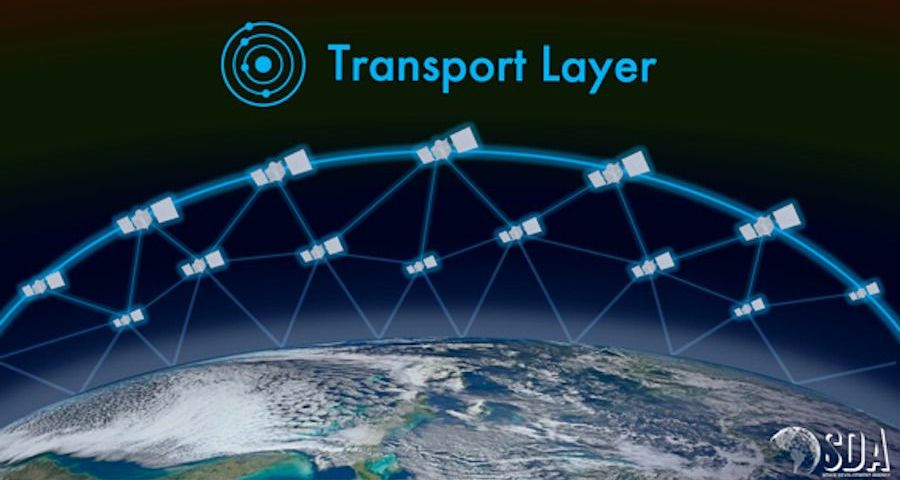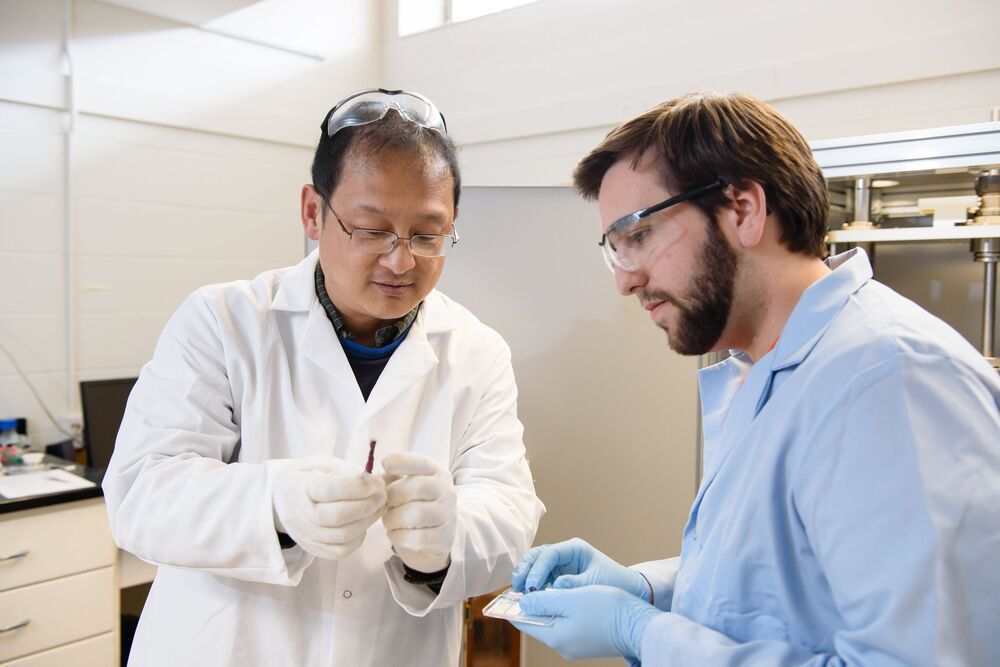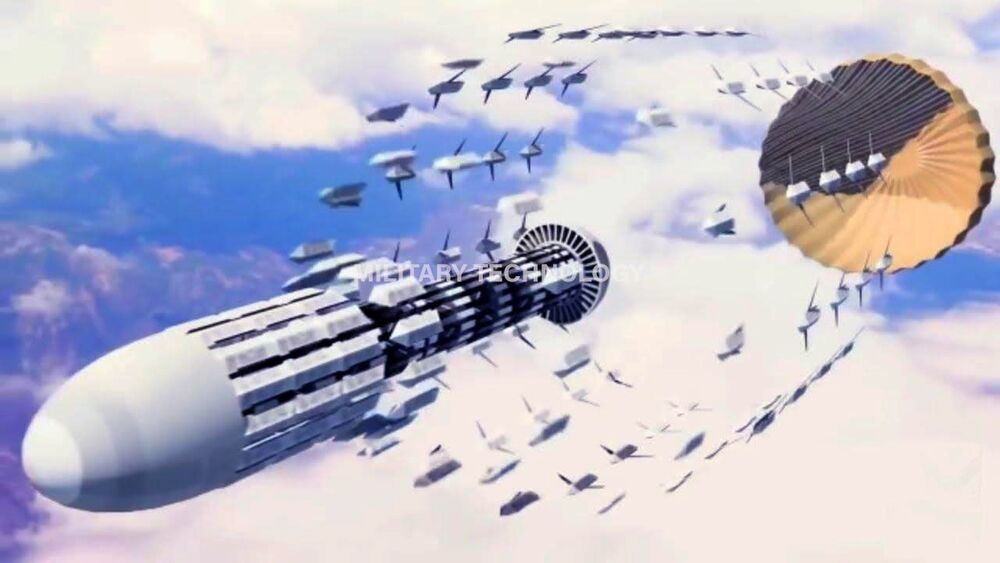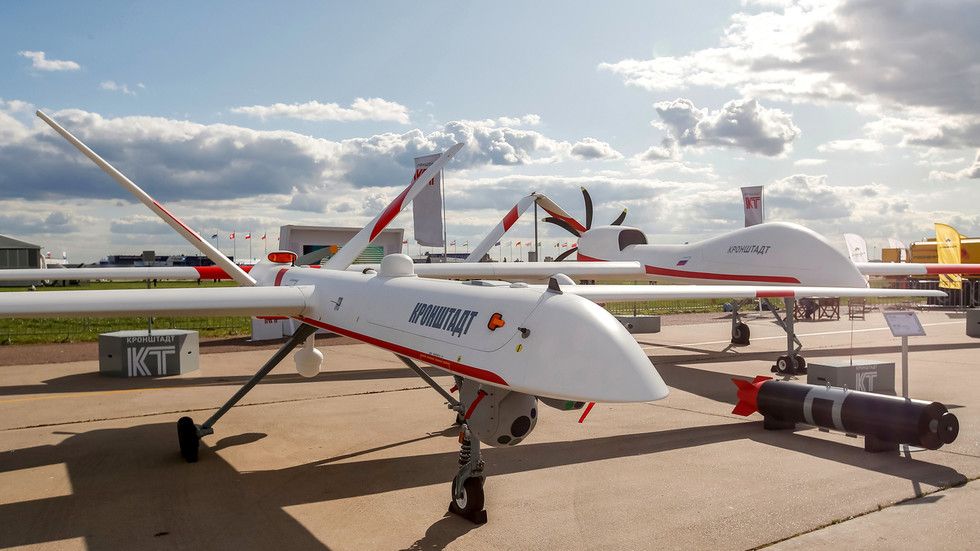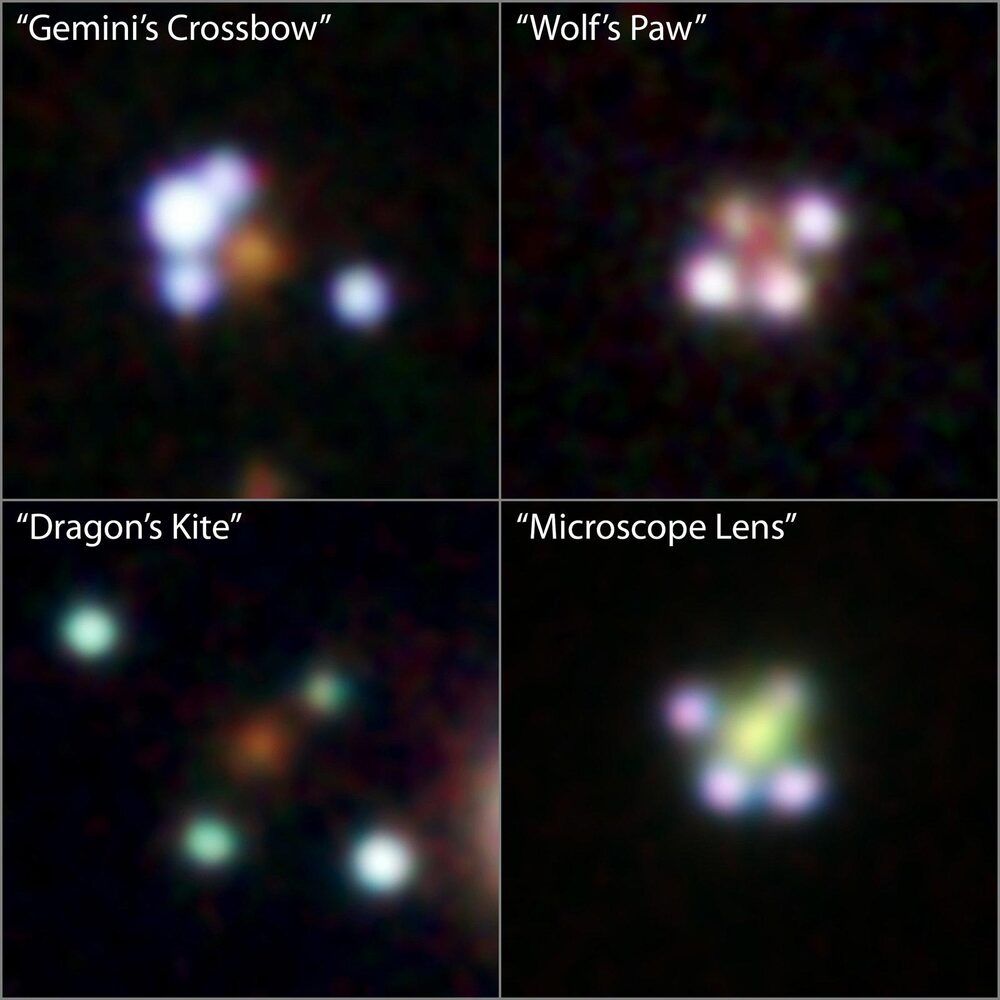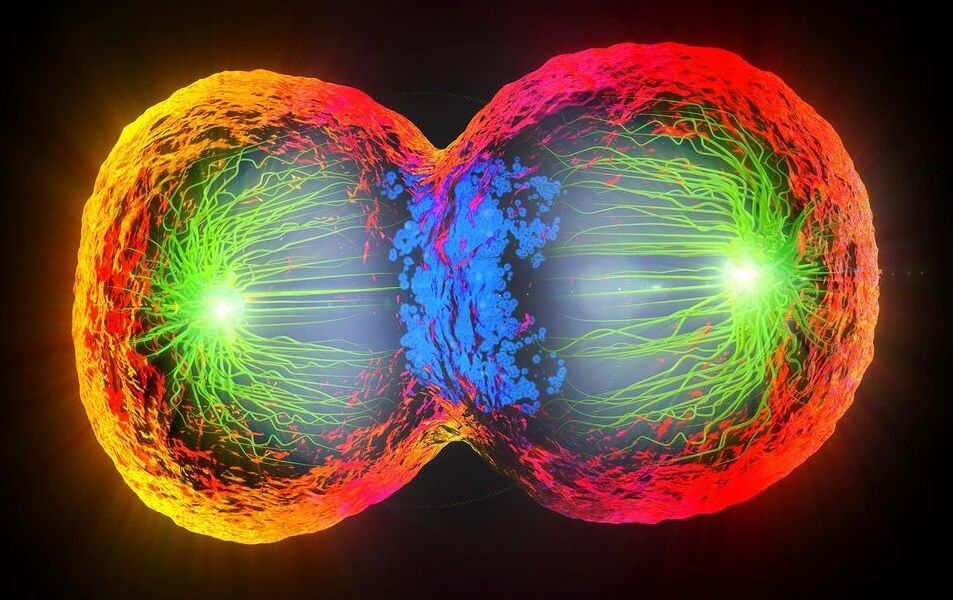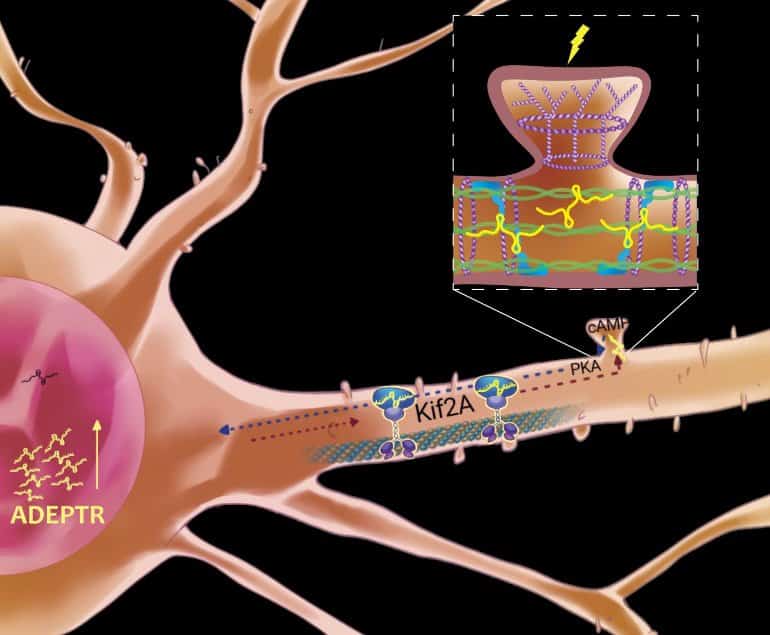Apr 18, 2021
Space Development Agency could select three manufacturers to produce its next batch of satellites
Posted by Saúl Morales Rodriguéz in categories: business, military, satellites
The Space Development Agency is considering buying its next 150 satellites from three different vendors.
WASHINGTON — The Pentagon’s Space Development Agency is considering buying its next 150 satellites from three different vendors, but that could change after the agency evaluates companies’ bids, SDA director Derek Tournear said April 14.
Speaking at the Washington Space Business Roundtable, Tournear said a request for proposals will be issued in August for the agency’s Transport Layer Tranche 1 — a network of hundreds of communications satellites in low Earth orbit projected to start launching in late 2024.
